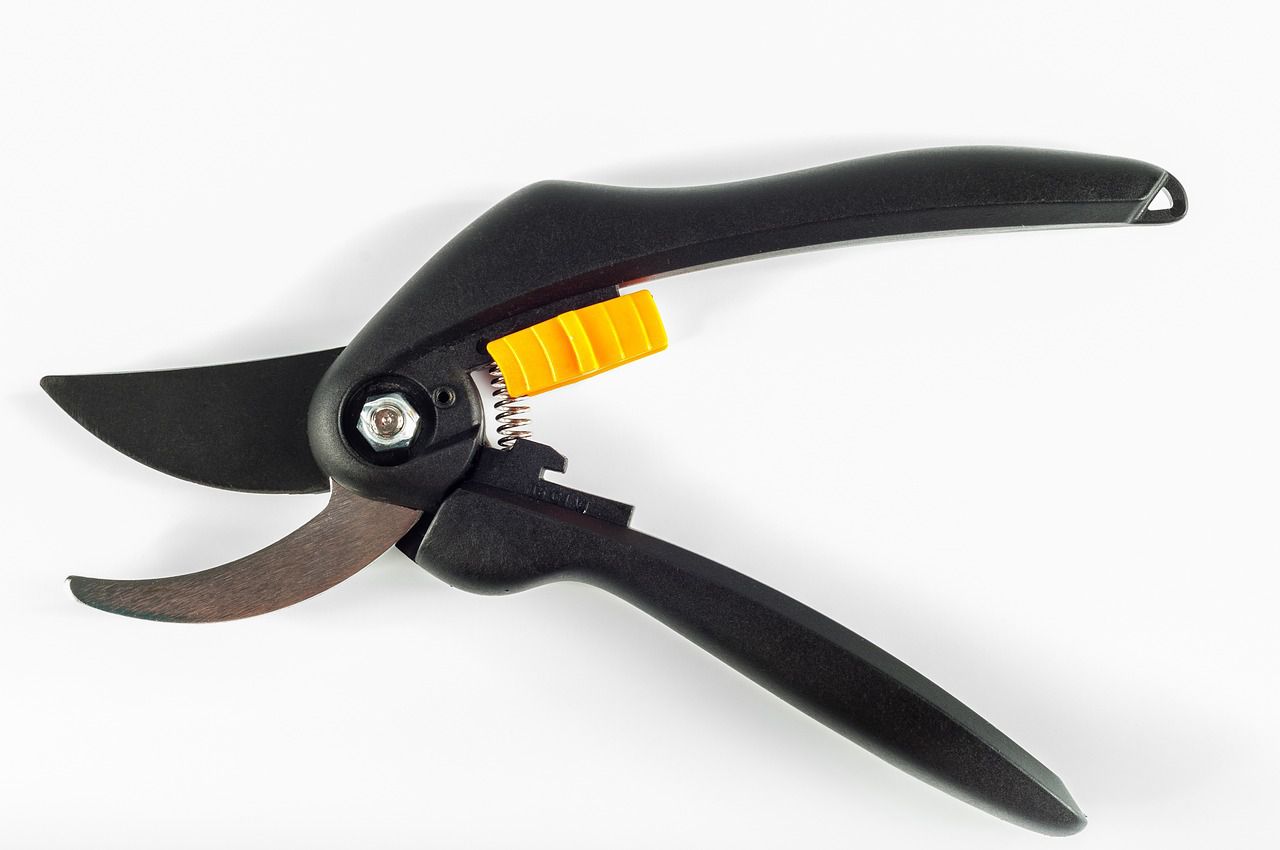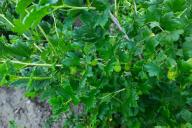To prune your garden trees effectively and safely, you should always use sharp pruners - that's a rule!
Meanwhile, sometimes pruners tend to become dull too quickly - but how is that possible?
Here are some reasons for that.
Regular Use
The more you use your pruner, the quicker it can become dull.
As you snip through branches, stems, and twigs, the blade's cutting edge starts to wear down.

This is just like how a pencil's point becomes blunt after writing for a while.
Plant Sap and Resin
Many plants produce sticky substances like sap or resin. When you cut through plant parts that contain these, they can cling to your pruner's blades.
Over time, this sticky residue builds up and can make your pruner less sharp.
Dirt and Grime
Pruners come into contact with the outdoors, and that means they get dirty.
Dust, dirt, and tiny plant particles can accumulate on the blade surface.
These particles act like sandpaper and can grind down the blade's edge, causing it to lose its sharpness.
Rust
If you leave your pruner wet or expose it to moisture without proper drying and maintenance, it can develop rust.
Rust eats away at the metal of the blades, making them less effective at cutting. It's like how rust can damage a bicycle left out in the rain.
Quality of the Blades
The material and quality of the pruner's blades play a big role. High-quality blades made from better steel or materials tend to stay sharp longer.
Lack of Maintenance
Proper maintenance is like giving your car regular oil changes to keep it running well.
Conclusion
To keep your pruner sharp, clean it after each use, remove any sticky plant residues, apply a protective oil, and sharpen the blades when they start to show signs of dullness.
Regular maintenance will extend the lifespan of your pruner and keep it cutting like new.









